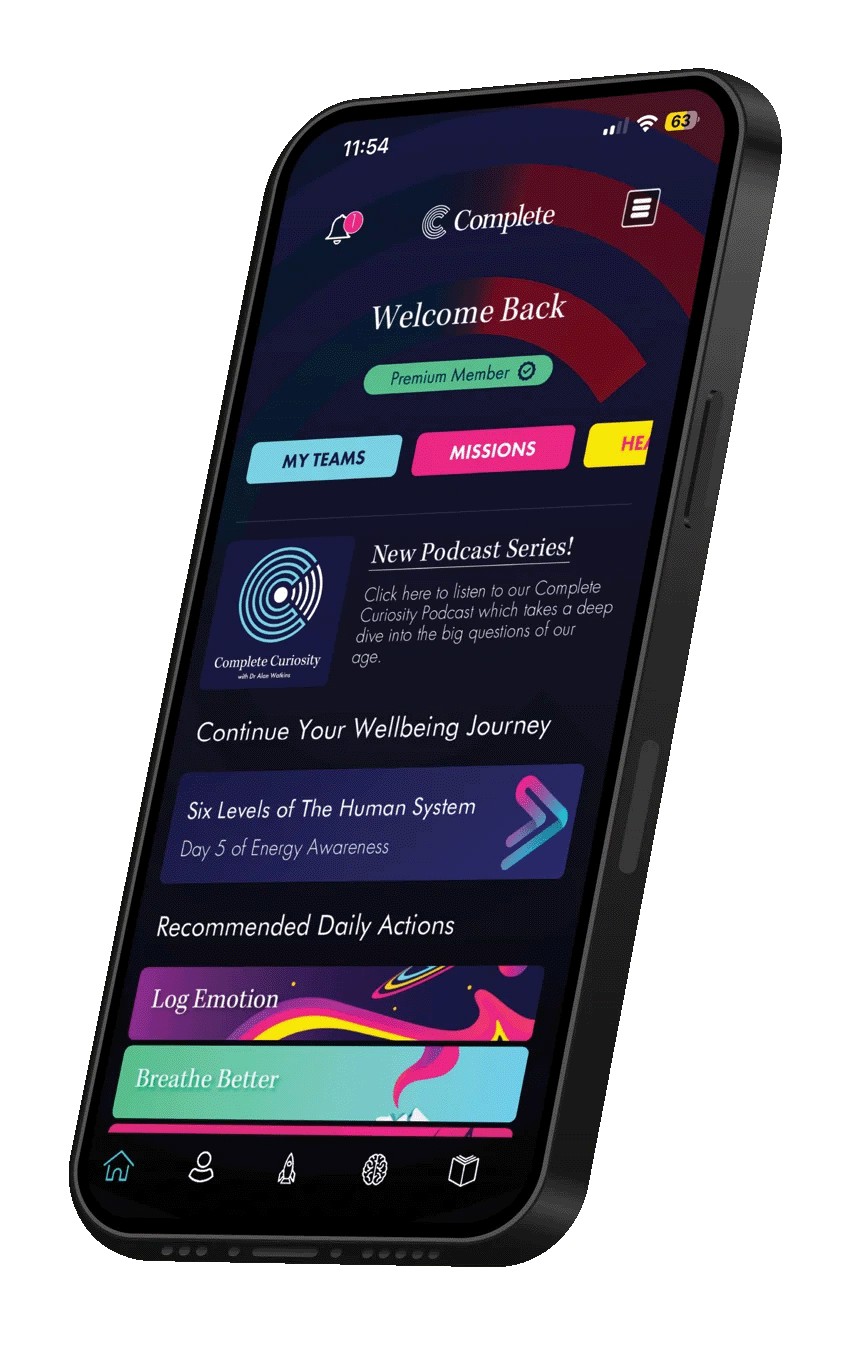Complete Team Journey
The Complete Team Journey is not only fast, it’s transformative.
What we can do for you
So many teams fail to fulfil their potential. Our Complete Team Journey approach is proven to step change performance. It is development in and around the flow of work.
The path to high performance requires expert guidance through the seven stages of Complete team development and the many stepping stones on the Team Journey.
Choose the development modules your team needs for its optimal Complete Team Journey.

Download our Complete Team Journey Document
Enter your details below and we’ll send it to you by email in a few moments.
By submitting your details you consent to our Privacy Policy and subscribe to our newsletter. You can unsubscribe easily at any time.
How it can impact your business
It takes your team through vertical development to untap hidden potential and unleash high performance.
-
Our clients tell us that the Complete team development approaches speed up team progression from five or six years to just six months.
Development is focused on intense team events to speed progress and live business issues are incorporated into the development to enable fast integration into day-to-day priorities.
-
Having everyone pulling in the same direction is key to team performance success. Our team journey approach enables the team to achieve that alignment and make the most of their combined capabilities.
With greater team alignment, your teams are able to build trust and openness to go beyond the day-to-day and generate greater energy, clarity of thought and purpose.
-
With silo thinking comes in-fighting. Team leaders have to act as the parent and resolve issues. Team members act like children. The Complete approach gives teams the tools to move away from this sub-optimal state to greater alignment and true collaboration for the collective good.
New ways of working are instilled in the team to create more effective governance and powerful levels of connectivity. This inspires the team to collective action and high levels of performance.
-
We have more than 70 different team modules in our library of Team Journey interventions. Each module varies in length from two hours to two days and may be combined with other modules depending on the specific needs of the team. That means your journey is unique to you.
Not all teams need every module. We customise your Team Journey based on the current maturity level of the team, their existing capabilities and current market conditions. This guarantees a highly relevant and effective result.
Be brilliant every day!
The Complete App offers a wide range of skills and programs that are scientifically grounded to support your development with a core focus on emotional development and wellbeing.
Deliver quantifiable returns in terms of improved mental health, emotional development and personal performance.

What our Clients say about us
Check out the impact we have had with a few of our clients
Orlagh Hunt
HRD, YBS“I have been working with Alan and the team at Complete for several years whist at two companies. What always astounds me is the depth of talent and their ability to connect with the teams that they work with. From a personal perspective I have a very different perspective and set of tools to benefit work and life in general. As CEO, the outside in view of my Leadership team, their leaders and our challenges are invaluable although the real gamechanger is how Complete is embraced, adopted and internalised by everyone.”
Marc Chesover
DTN, President & CEO“In life, very little, apart from love, is more important than learning. few people in the world add as much varied perspective as Alan and the Complete team. they combined technology, experience, and perspective to help individuals and firm add value by growing faster if they put their mind to it. we live in a world which has distraction as its most cumbersome enemy. adapting to accelerating, accelerating change is challenged by distraction and triumphed over by perspective.”
Endika Aboitiz
President & CEO, AboitizI have known Complete in one way or another for 15 or so years, across three companies and four teams.
I have learnt and tested the frameworks and models, been up and down many a spiral, become a "healthier and happier" leader and managed through more VUCA worlds that I could have dreamt of during that time. I still believe that you need a complete framework to be best leader you can be, over all my leading life I have found none better.
Mike
Aegon“The Complete team created an environment that fostered honest and truthful discussion about both our expectations. Tthe facilitators got us to a level of collective trust that had been missing to that point. Complete has made the team much more receptive and they’ve established a level of trust and strength of relationship with their peers that would not have existed save for the work on the team journey.
Seeing team members exhibit new leadership capacity has been incredibly rewarding for me personally, and beneficial to the organisation as well.”
Sue Graham Johnston
Head of RBU - UK, IRE, AFRICA, Linde“I’ve spent a lot of time and money on my development over my career, and in my opinion Complete really is the highest standard. It’s elevated my level of thinking and made a massive impact on my ability to be a leader, a coach, a sales trainer, a parent and even a husband.
I’d experienced other coaches, but Complete’s understanding of leadership is at that next level."
Simon Beard
CEO, Culture Kings“The combination of the objective data and the effective coaching conversations allowed me to defeat my greatest internal enemies. I believe that everyone should have a coach, it’s a gift and a phenomenal experience. Complete's Coaching method was different from anything I’d known before because it is very data oriented. Having that reality check of the data was really important. I could not hide from what the numbers were telling me.
Once I had been made aware of my truth, I could work with my coach to address things. I had an awesome coach, who completely understood where I was and helped me to improve my performance.”
Doug Schmidt
“We are now networked rather than functionally siloed. We are coherent rather than disjointed. The leadership team has made that transition very successfully and now we’re starting to see the benefits permeate through the whole organisation.
I feel the progress we’ve made every day. The dynamics of the team are great, and I feel very proud of what we have achieved. The change in our top team is cascading throughout the business and to our millions of customers as well.”
Matt Simister
CEO, Tesco - Central Europe“Working with Complete has been transformative for senior leaders at TKAT, for many from the very first moments of their development work. Leaders describe ‘lightbulb’ moments when they realise for the first time just what they need to achieve more and have better working relationships.
“When we have happy, productive and creative leaders, we inspire better teachers, which impacts on better outcomes for children. We can’t underestimate how significant the change created by Complete has been and, we expect, will continue to be.”
Liz Harrison
Deputy CEO, TKATGet in touch

Alan Watkins
01794 524 384


